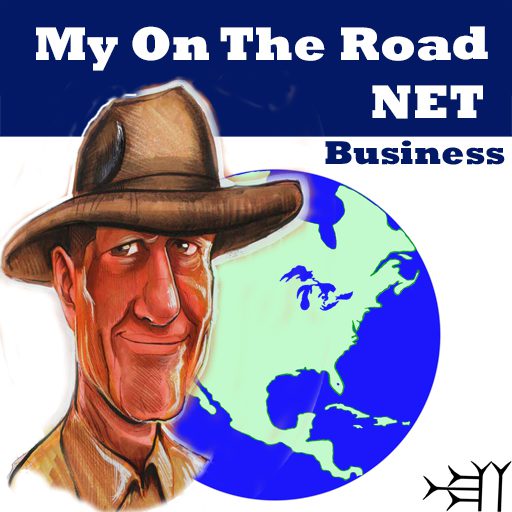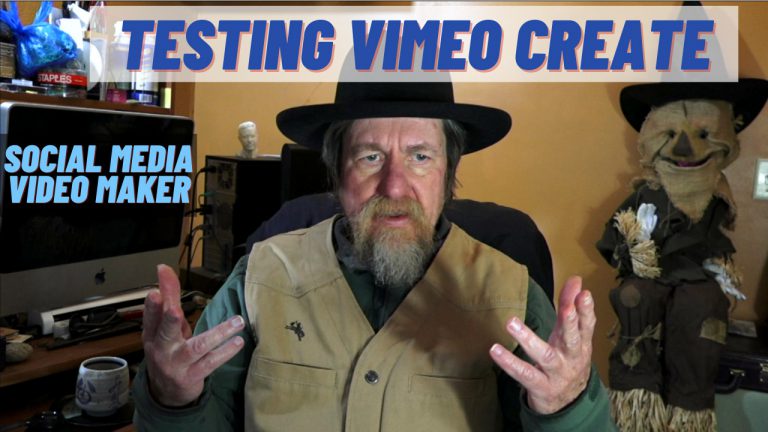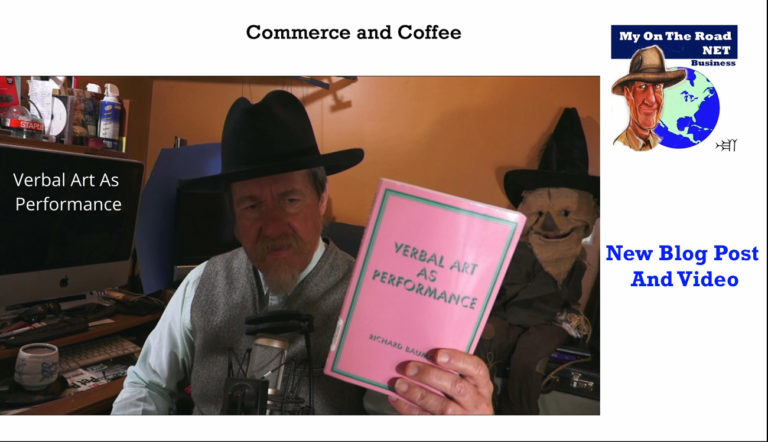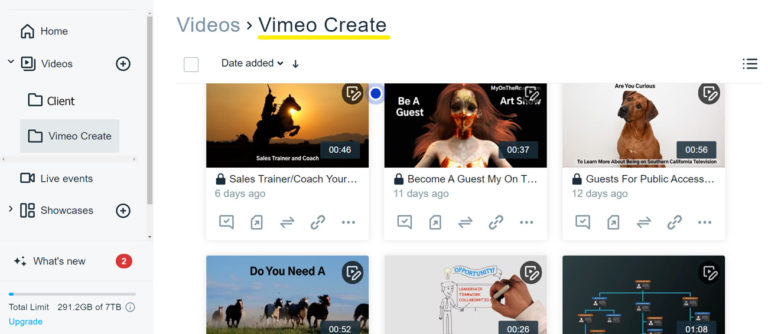Advertising Big Ticket Items, Animated Synopsis of Scott Schang’s BuyWise Mortgage Video Podcast.
How to advertise for big ticket items, like real estate, a video synopsis of Scott Schang’s BuyWise Mortgage video podcast.
I find Scott Schang’s views interesting and insightful. I know Scott from the old days of Social Media Masterminds Orange County, we were both regular attendants of that group. When possible I always try to catch his video podcast. Today my digital friends and I will be talking about the episode where Scott discussed advertising for real estate and mortgages.
The information Scott and his buddies shared can be useful for any business. However, it is particularly relevant when advertising big ticket items with fairly long sales cycles.
All the panelists on Scott’s advertising episode have a lot of experience working with many digital advertisers. Scott and his buddies find most people ask the wrong questions. It seems people are always asking what kind of ad is converting at this time, right now? When the real question should be what kind of problems are customers having?
The other big takeaway is that, a large majority of people are advertising to make a quick sale. Advertising for a quick sale probably works better for small, lower value purchases than larger transactions.
Low value versus big ticket purchases.
In advertising, lower value items versus big ticket purchases may respond to the same pattern Neil Rackham describes in Spin Selling. In Spin Selling Rackham talks about how a feature dump sales pitch may work well for a small sale, but a large sale requires more of a consultative approach. For large purchases you need a conversation with good questions tailored to the buyer.
I know some of the people I’ve worked with want to make large same day sales with a $50 ad spend over the course of a week. They consider no or low sales a failed ad campaign.
For advertising to work with a big ticket item you need to use the ad to begin a conversation with prospects. To have a long term conversation you need to capture their contact information.
Once you have a prospects contact information there are two philosophies on how to use it.
One is to hammer them with information and be as pushy as possible. This is the feature dump. If I have more features and options than the competition, and the lowest price, and I force my will on the prospect, they will buy. It works sometimes, but much less than it once did. As buyers become more sophisticated, the high pressure and I have more features approach becomes less effective.
The thinking behind constantly hitting them with a sales pitch is, if they don’t unsubscribe to your email or refuse to take your calls they must like being marketed to and they want you filling up their email inbox and voicemail.
The other approach is softer and the one I prefer. Here you may start off by sending well timed information on a fairly frequent schedule. But it tapers off to well-timed intervals throughout the year. These contact or touch points are often done in a friendly and perhaps informative manner that builds goodwill.
The regular, but infrequent contacts are meant to get people thinking about you. You want them thinking of you, as the answer, to the little conversations in their heads about the problems they’re facing. You want prospects, when thinking about a subject area you specialize in, to think about how you can help them. You want them to think of you as someone who can give them insight into their current situation.
People will buy when they are ready to buy.
There are economic models that can help predict which buyers will buy and when they will buy. People intuitively are driven by these models and no amount of intrusive advertising and high pressure sales will move someone who is not in a position to make the purchase.
If you do pressure one of these prospects, it’s very likely it’ll turn out they don’t qualify for the purchase. In which case, you will have invested a good amount of time pursuing a doomed sale.
In addition to the very real and the perceived economic model your prospect is working from, is the cost benefit analysis they perform when making a buying decision. There may be factors other than money that influence a buying decision.
Where a person is in their lifecycle can have a profound influence on what they buy and how they buy it.
When advertising there are common ways to determine what your ad spend should be. This is especially true when implementing a long term strategy.
One of the first components of determining your advertising budget is the lifetime value of a customer. You also need to know how loyal your customers are. How many years do they do business with you? It’s also good to know what the buying cycle is. The services I’ve been involved with most of my life have a long buying cycle. Many of my clients work with me for 20 to 30 years or more, with a buying cycle of about 10 years. Although in the past I have offered ancillary services which had a shorter and more predictable annual buying cycles.






